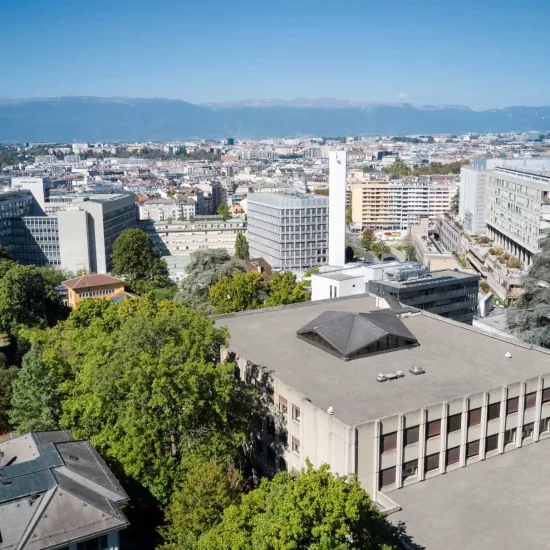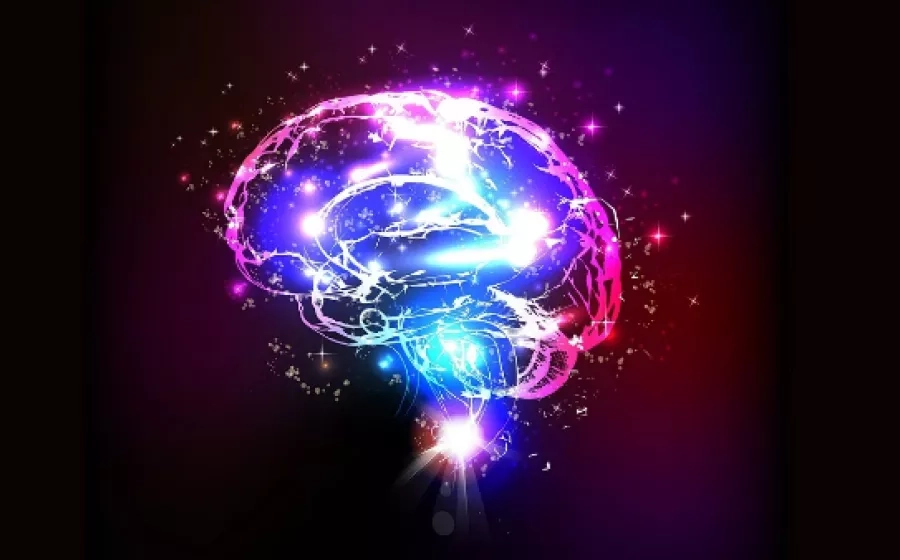Ce projet vise à améliorer la marche des personnes ayant subi un accident vasculaire cérébral (AVC) grâce à une technique innovante de stimulation cérébrale non-invasive appelée stimulation transcrânienne à courant direct à haute définition (High-definition transcranial direct current stimulation – HD-tDCS). Actuellement, de nombreux/euses patient-es post-AVC dépendent d'une assistance pour marcher, impactant leur quotidien. Les thérapies physiothérapeutiques ont des résultats limités, d'où la nécessité de nouvelles approches. La HD-tDCS applique un courant électrique focale sur les zones cérébrales liées à la marche, surmontant les limitations de la tDCS conventionnelle (courant diffus). L'objectif est d'évaluer l'efficacité de cette approche par HD-tDCS combinée à la rééducation locomotrice en comparaison avec la tDCS conventionnelle et un placebo tDCS, en analysant les résultats cliniques et neurophysiologiques (plasticité cérébrale) chez les patient-es post-AVC en phase chronique.




